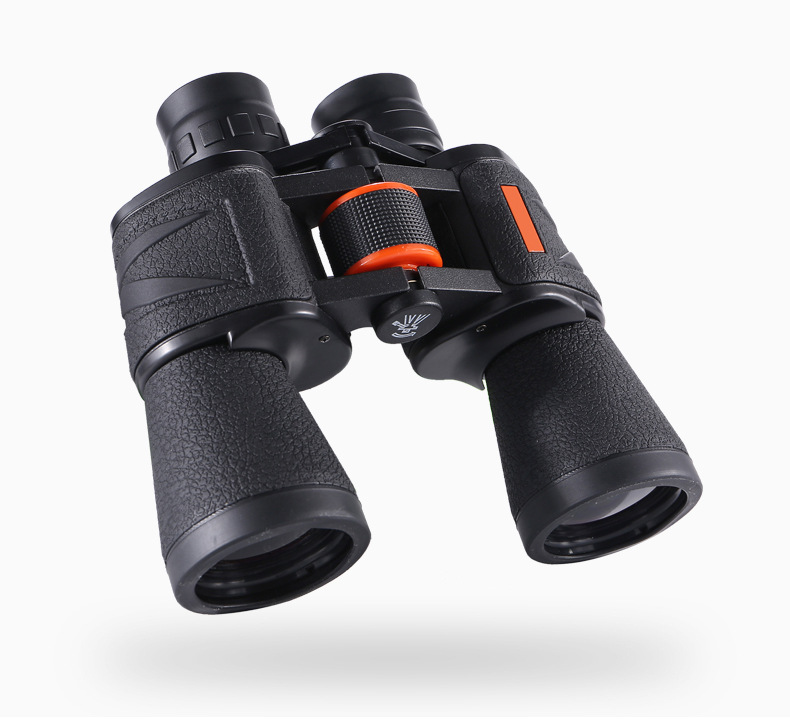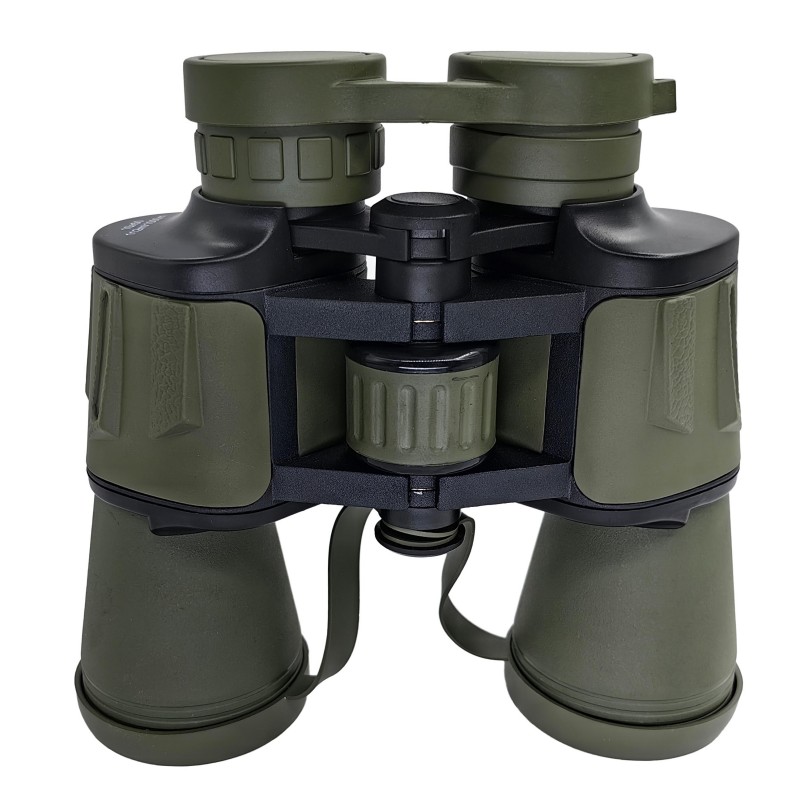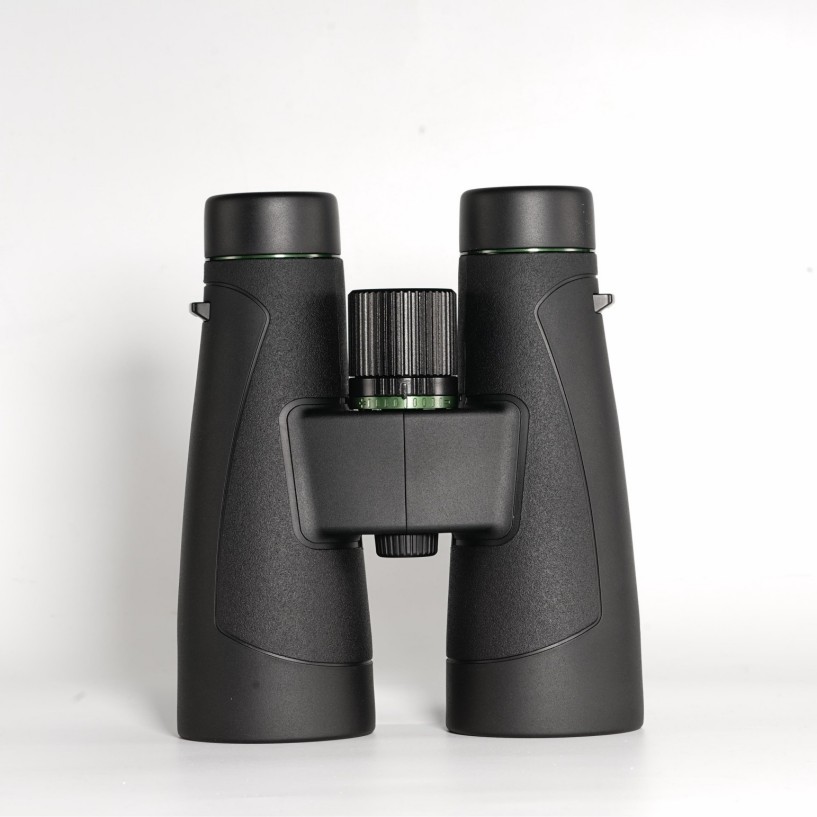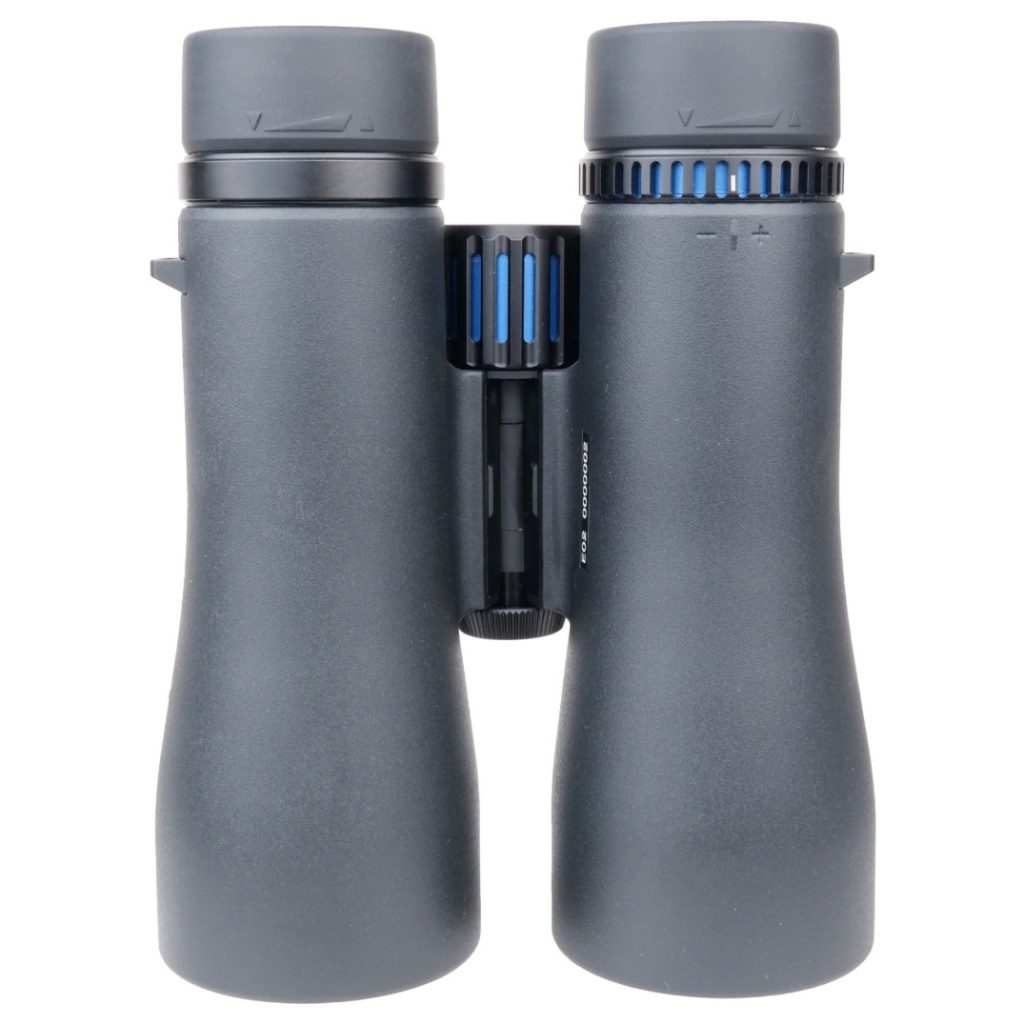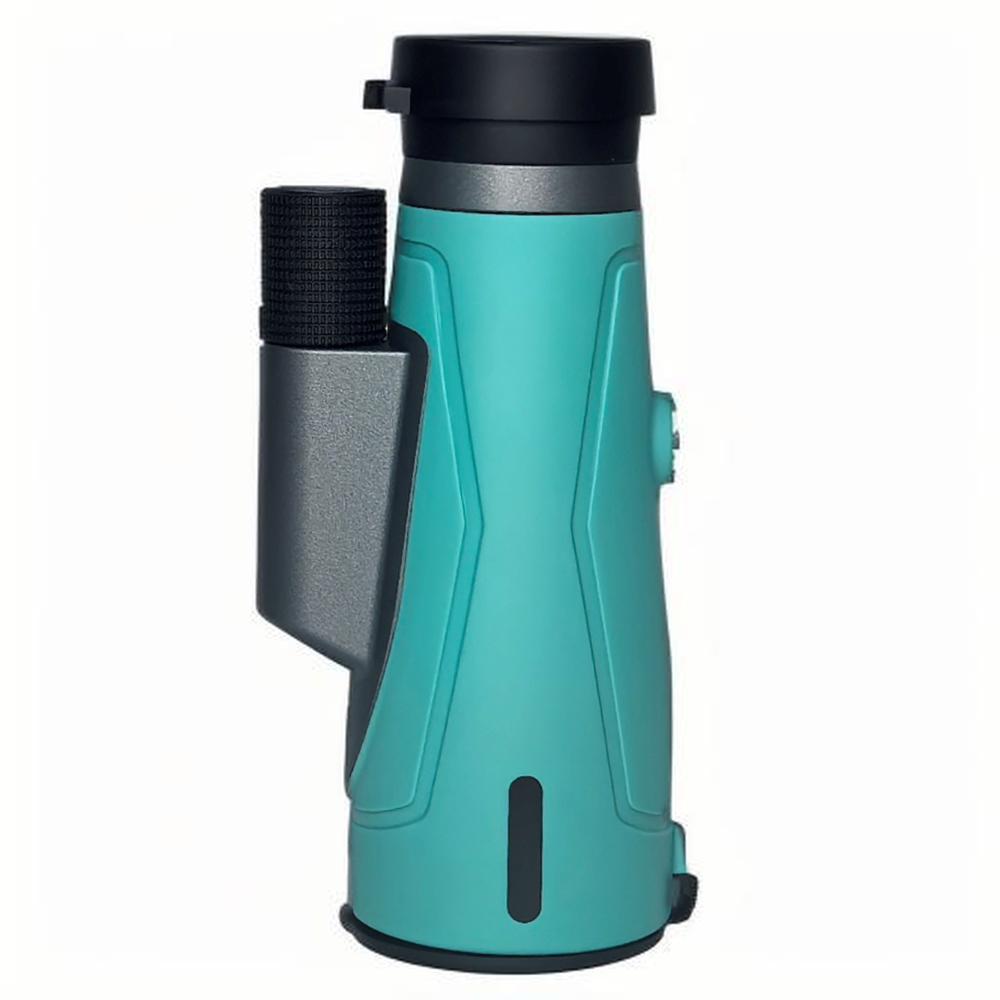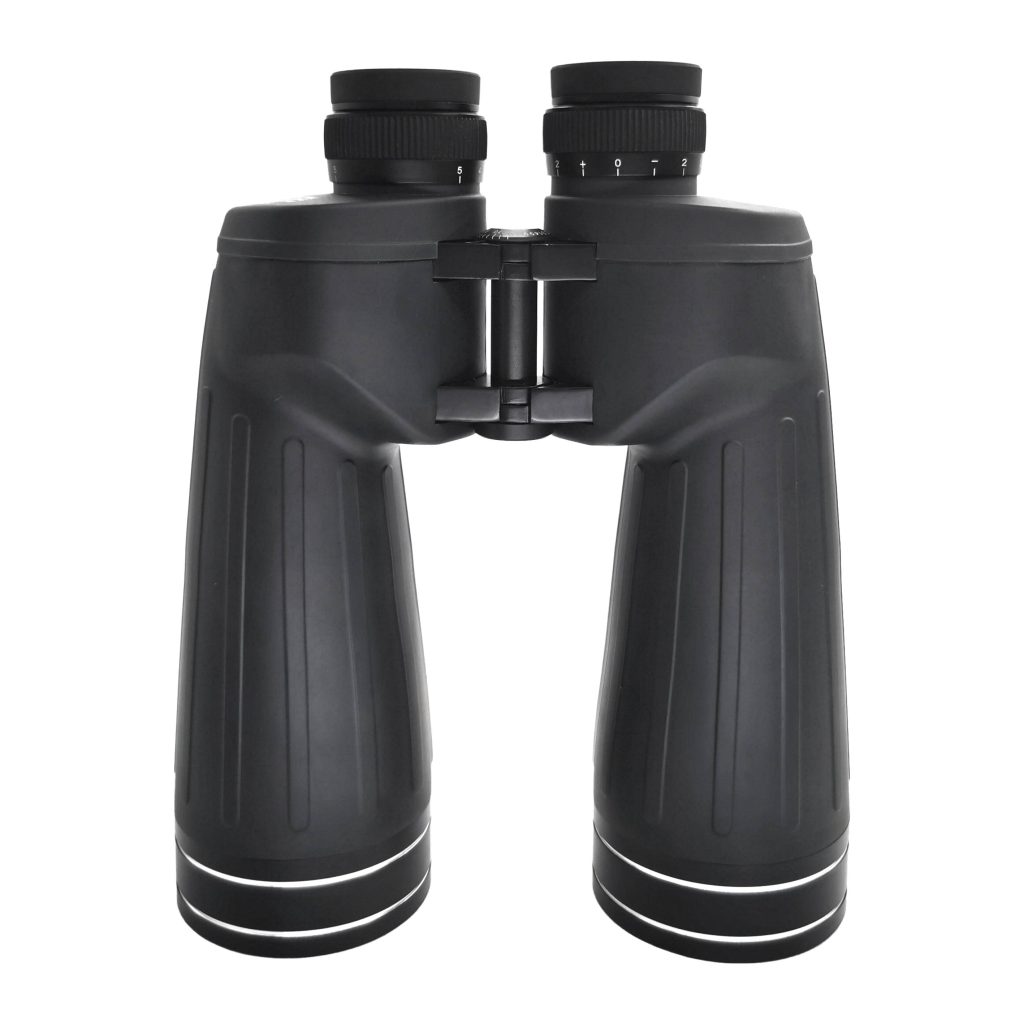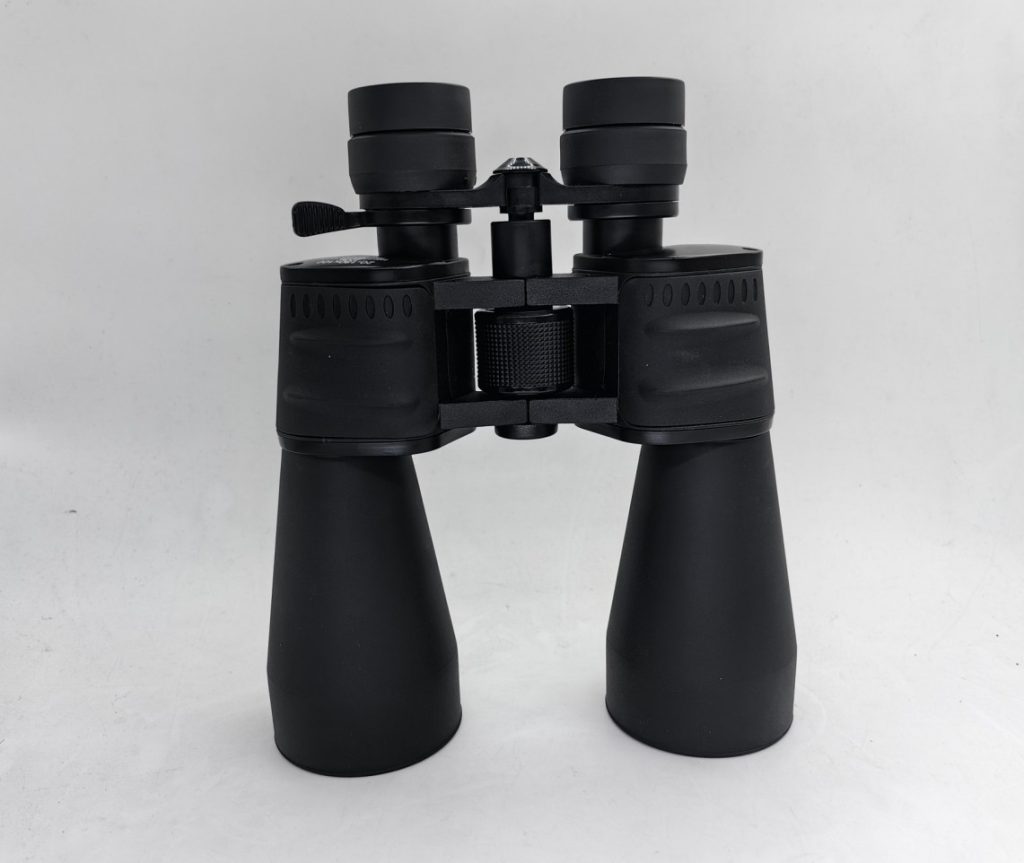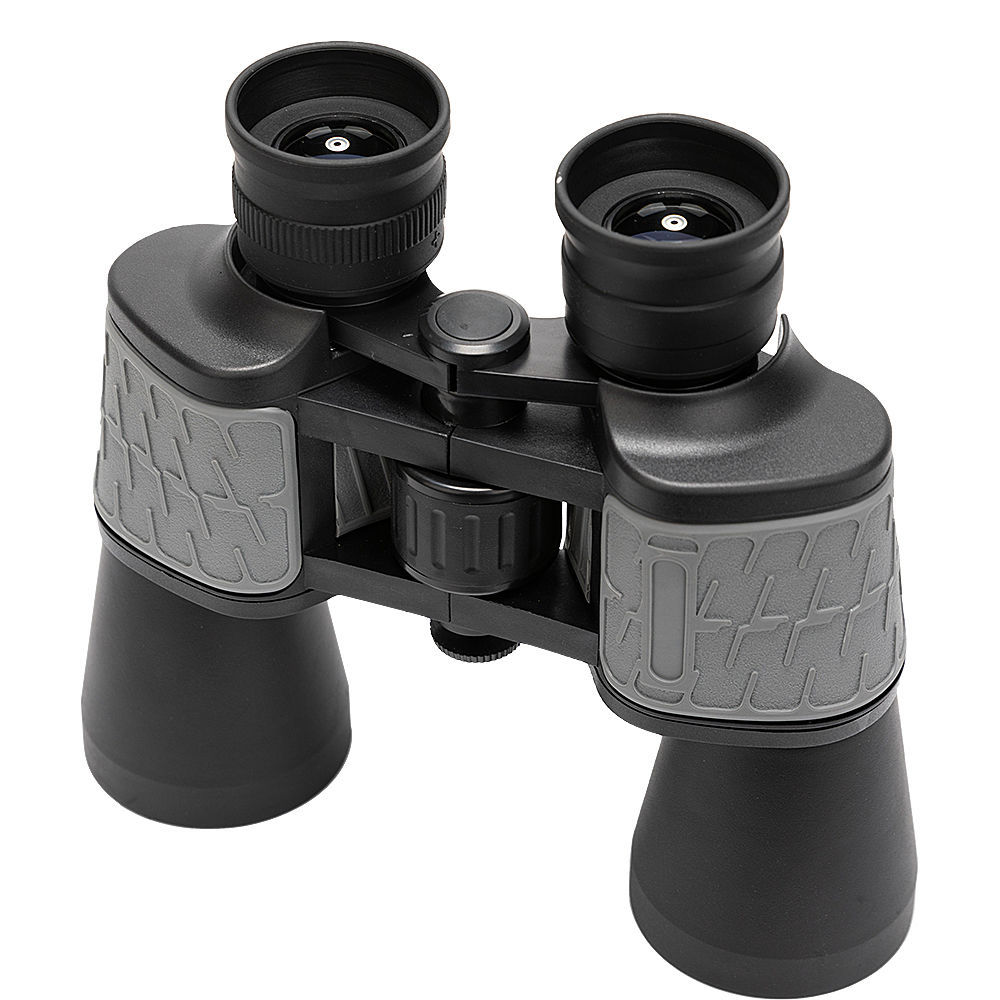For beginners eager to wander among the stars, a decent pair of binoculars is usually the best starting point. Because they deliver a broader field than most low-cost telescopes, images arrive with less motion blur and are easier to take in all at once. Yet the sheer number of models on the market makes picking one for night sky work surprisingly tricky. A question that frequently arises in that search is what magnification binoculars are best for astronomy?
This brief guide untangles the cryptic numbers featured on binocular barrels, discusses practical strengths of different magnifications, and steers you toward the model that will enrich your evening under the stars.

Decoding Binocular Specs: What the Numbers Really Mean
When you look at binoculars, you’ll see a set of numbers like “7×50,” “10×50,” or “15×70.” These numbers aren’t just random; they hold the key to understanding how the binoculars will perform.
What Do the Numbers Mean? (e.g., 7×50, 10×50, 15×70)
Binoculars usually have two numbers, for instance, 10×50 or 15×70. These numbers represent:
Magnification (the initial figure) : This refers to how much closer an object will appear to the bare eye. A pair of 10x binoculars can make an object appear nearly 10 times larger. An increased magnification provides objects a larger size and improved clarity.
Objective lens diameter (the second number, in millimeters) : This is the size of the front lens. For example, the objective lens diameter of 7×50 binoculars is 50 millimeters. The larger this is, the more light the binoculars will gather, and the brighter and sharper will be the resulting image. This becomes highly significant in low light situations such as stargazing.
Why Both Magnification and Aperture Matter
New observers often assume bigger magnification automatically produces better views, but in astronomy that rule proves slippery.
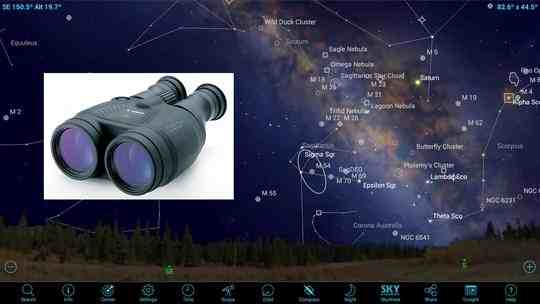
Yes, higher power makes each target larger, yet it also:
- Narrows the Field of View: you glimpse only a small patch of sky, which complicates both object hunting and the pleasure of sweeping across constellations.
- Amplifies Shakiness: tiny hand tremors that at low power feel indifferent now leap into the frame, ruining steady viewing.
- Requires more Light: the increased detail spreads the available photons over a broader area, dimming the picture unless the aperture scales up in tandem.
This is where aperture comes in. A larger aperture provides:
- Brighter images: More light gathered means fainter objects become visible and brighter objects appear more vivid.
- Better resolution: Larger lenses can resolve finer details, resulting in sharper images.
- Improved low-light performance: Crucial for astronomy where you’re often looking at dim celestial objects.
Therefore, the best astronomical binoculars need to strike a balance between magnification and aperture, allowing people to clearly observe celestial targets while maintaining sufficient field of view and image brightness.
Best Magnifications and Key Features for Astronomy
Below we examine several common binocular setups, noting who is best served by each.
7×50 Binoculars

This model suits relaxed night surveying and is a favorite starting choice. Its modest zoom permits:
- A broader skyscape in one glance;
- An image that relaxes a shaky hand;
- Light that appears brighter under rural skies;
Because of these traits, users can drift along star lanes, track meteors, or learn constellation outlines. Detailing the ray-bright edges of far worlds, however, may not be within this models reach.
10×50 Binoculars
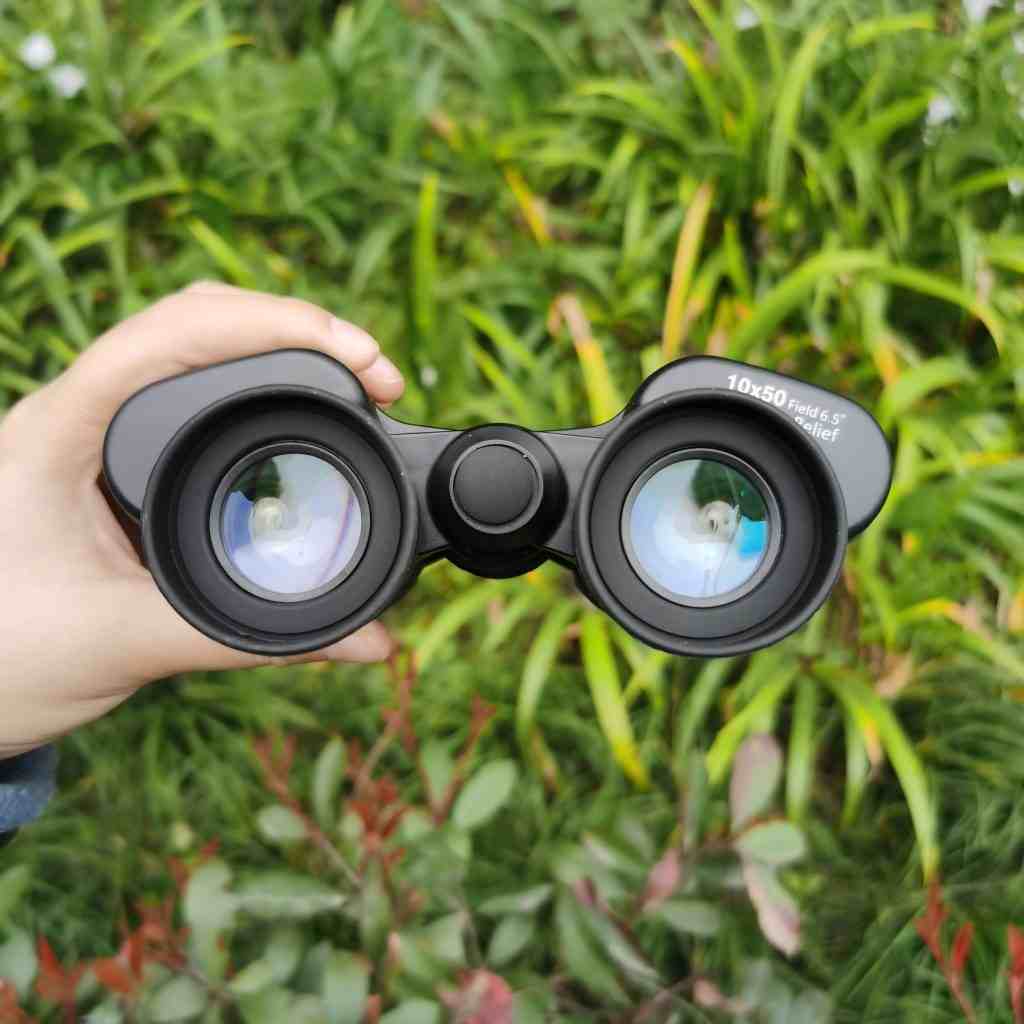
Many experienced astronomy enthusiasts choose this combination telescope. At a 10x magnification, the gain is enhanced while still maintaining ease of use. Compared with 7×50, it can provide a clearer view of the detailed distribution of the moon, planets and star clusters, while being lightweight and portable.
This connection between heaven and earth is highly suitable for beginners and intermediate users. For beginners, it can be used not only for astronomical observation but also for daytime activities such as bird watching or hiking.
15×70 and Higher
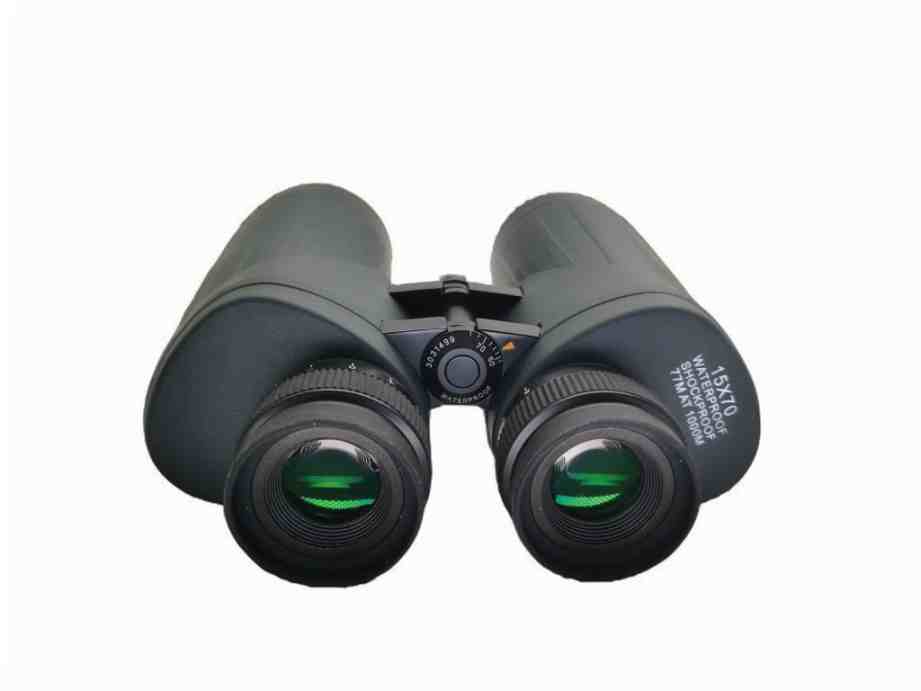
These binoculars are designed for professional astronomers. With this type of binoculars, one can see Jupiter’s moons, Saturn’s rings, as well as deep-sky objects such as nebulae and galaxies more clearly.
As mentioned earlier, high magnification and large aperture mean brighter and clearer images. However, the drawbacks it brings are also very obvious. Because it is heavier, it usually needs to be fixed with a tripod to be stable for viewing. At the same time, the price is also higher and it is not conducive to carrying.
Some enthusiasts even choose the 20×80 or 25×100 models, which have entered the category of compact telescopes. For most amateurs, the 15×70 magnification offers both a good field of vision and daily portability.
Magnification Isn’t Everything: Other Features to Consider
- Prism type: High-quality binoculars usually use BAK-4 prisms. Compared with the more economical BK-7 prism, this kind of prism can produce clearer and brighter images. Generally speaking, the BAK-4 prism is the first choice in astronomy.
- Exit pupil diameter: The exit pupil diameter refers to the diameter of the light beam reaching the eye. Binoculars with a larger exit pupil diameter (usually between 5 and 7 millimeters) are more likely to obtain brighter images in low light conditions and are very suitable for night sky observation.
- Exit pupil distance: This is the distance from the eyepiece to the eye. At this distance, you can see the complete field of view. If you wear glasses, please choose an exit pupil distance of at least 15 millimeters so that you can observe comfortably without taking them off.
- Field of View (FOV) : A wider field of view (measured in degrees at 1,000 yards or feet) enables one to see a broader sky at a glance. This makes it easier to locate celestial bodies and enjoy the magnificent views of star clusters and constellations. The wide field of vision simplifies the search for targets, allowing you to enjoy the scenery of star clusters and constellations more easily.
- The design of Paul prisms and roof prisms: Paul prism binoculars typically offer a wider field of view and clearer three-dimensional images than most roof prisms, which is one of the reasons why they remain popular and cost-effective in recreational astronomical observations. In contrast, roof prism models are more compact and can be ingeniously fitted into thinner housings, but they are usually more expensive to achieve the light output of Paul prisms.
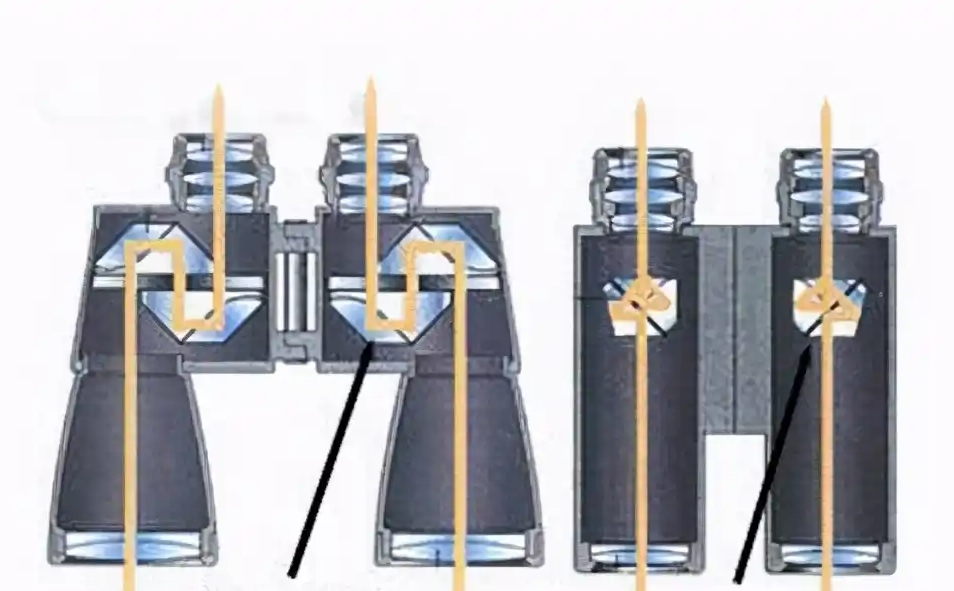
- Waterproof and anti-fog: The waterproof and anti-fog seal does not change the magnification, but it can protect the lens from dew, brief rainfall and sudden temperature fluctuations. This is undoubtedly very important for outdoor stargazing.
- Quality and feel: Finally, comfort and durability should also be taken into consideration. The lightweight and balanced device is more comfortable to hold in the hand during long stargazing periods. The good ergonomic design can reduce arm fatigue and shaking, keeping the sky always in a clear focus.
Best Binoculars for Astronomy by Experience Level
Choosing the right binoculars depends heavily on your level of experience and observing habits.
For Beginners
As a beginner, we strongly recommend 7×50 or 10×50 binoculars.
Low-end binoculars such as 7×50 or 10×50 are an excellent combination of simplicity, wide field of view, good brightness and low price and are the best for observing lunar craters, Jupiter moons, Pleiades star cluster and even Andromeda galaxy.
For Intermediate to Advanced Users
If you have attempted entry-level binoculars before and need to explore deeper into the cosmos, then you can use 15×70 binoculars or higher.
The 15×70 or 20×80 binoculars offer higher magnification and stronger light-focusing capabilities, making them ideal for exploring more detailed lunar details, denser star clusters, and dimmer deep-sky objects. However, when using this type of binoculars, a sturdy tripod is needed to ensure stability and guarantee your viewing experience
Ready to Start Your Stargazing Journey?
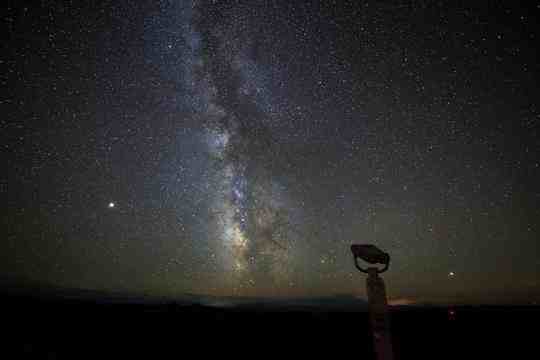
Astronomical observation with binoculars is a beneficial hobby that requires no complex learning process or huge investment. The right binoculars can present a vivid night sky, allowing you and your family to enhance their relationship during astronomical activities or enjoy peaceful alone time under the starry sky.
At FORESEEN OPTICS, we are dedicated to making it easier for everyone to explore the universe. We offer a range of high-quality binoculars – from the 10×50 suitable for beginners to the powerful 20×80 stargazing telescope – designed to provide a clear, durable and unparalleled viewing experience.
Whether you are an aspiring astronomer or an experienced astronomy enthusiast, we can provide you with perfect optical solutions. Join FORESEEN OPTICS right now and explore your universe where precision and passion collide.

